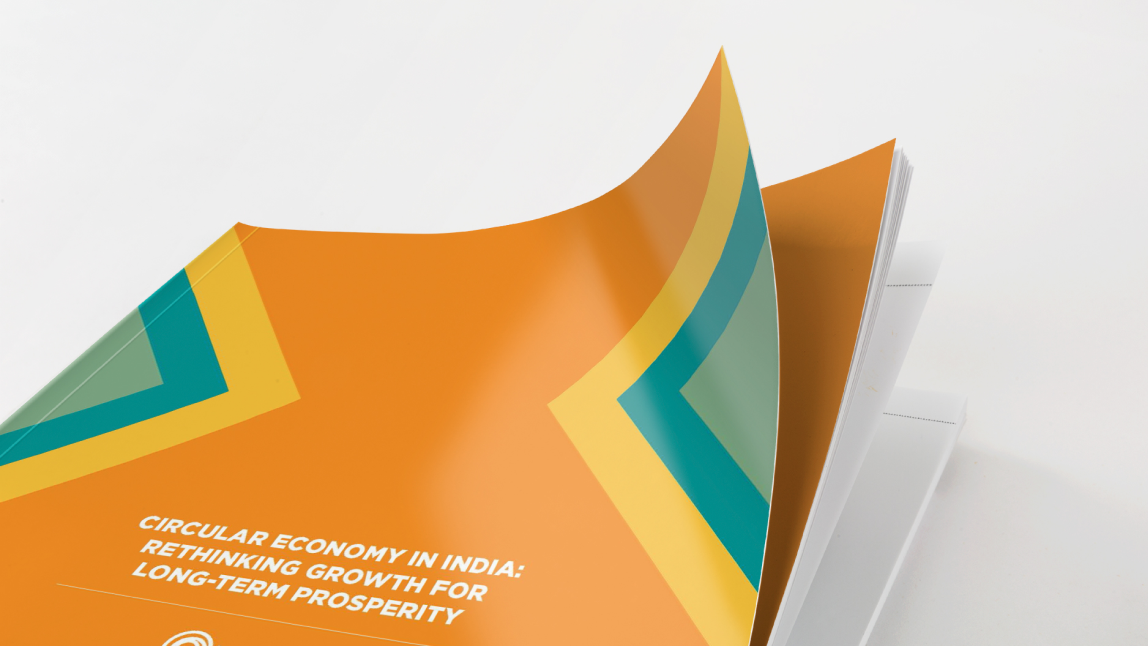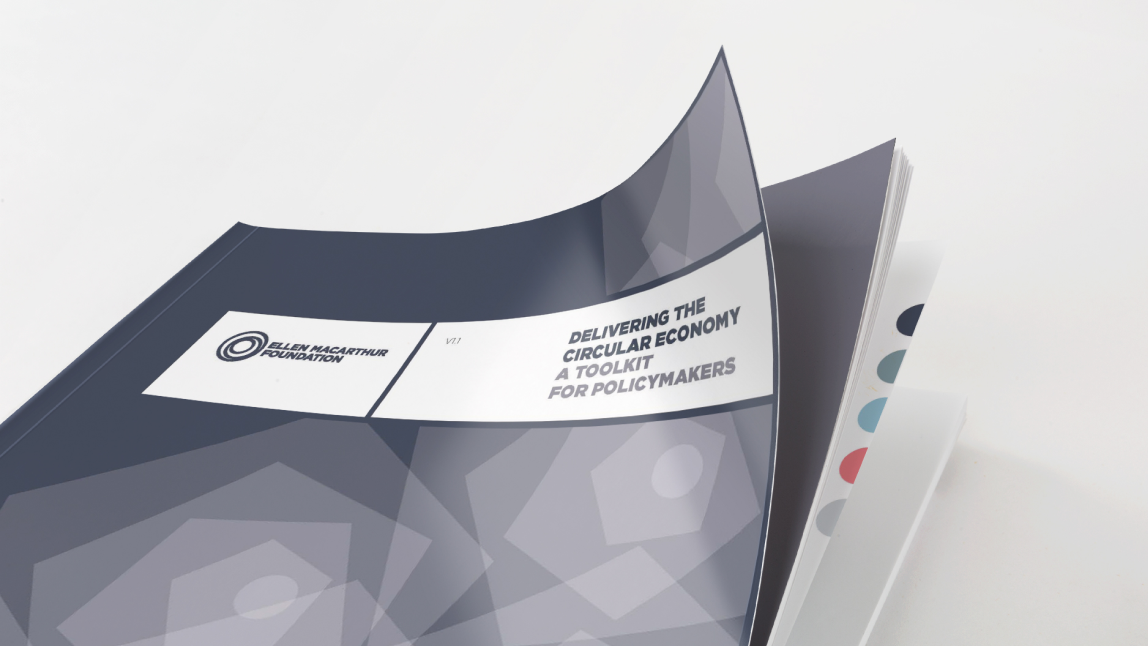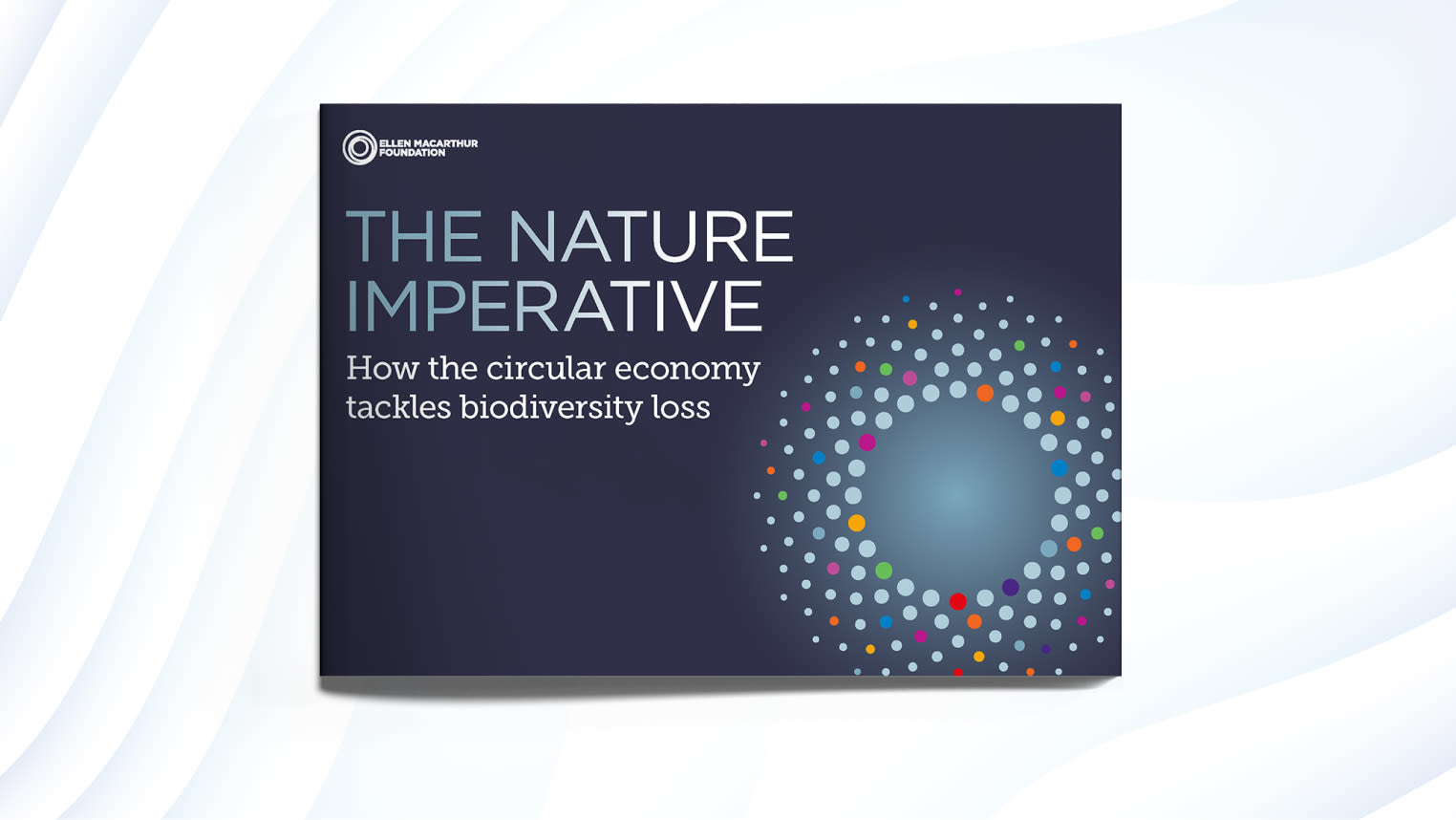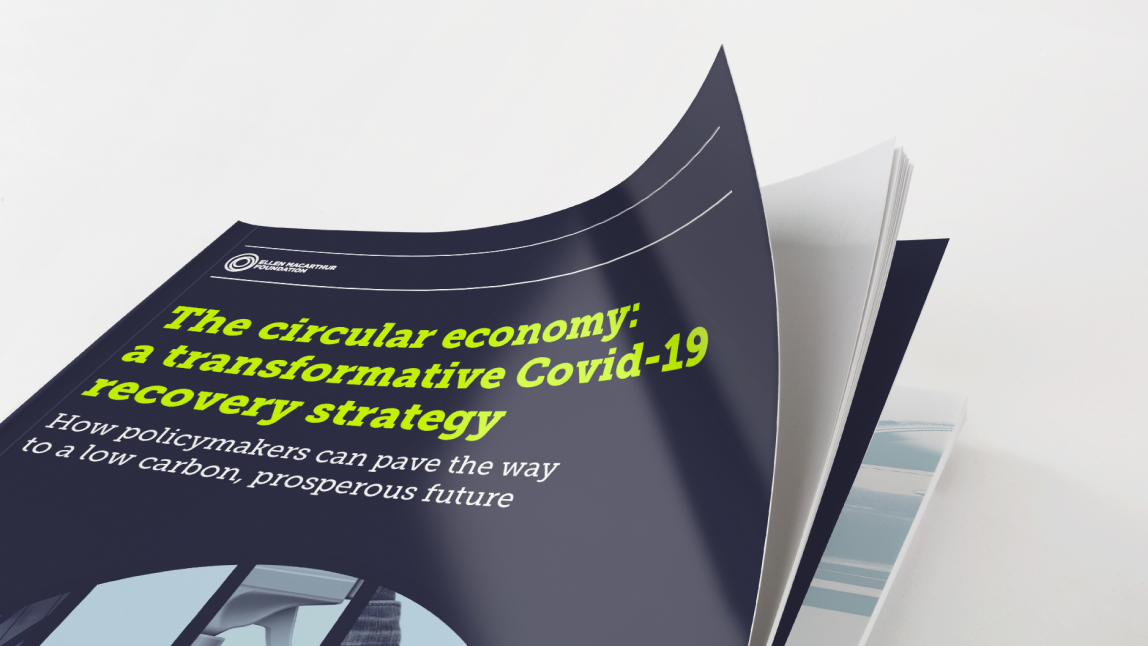By embarking on a circular economy transformation, India could create direct economic benefits for businesses and citizens while reducing negative externalities.
Having experienced sustained and rapid growth over the past two decades, India is facing rapid urbanisation and industrialisation, with the associated negative externalities that this entails. Yet this scenario is not inevitable, as the country can preempt linear lock-ins. With its young population and emerging manufacturing sector, the country can make systemic choices that would put it on a trajectory towards positive, regenerative, and value creating development.
This report, led by the Ellen MacArthur Foundation with the support of ClimateWorks and UNCTAD as knowledge partner, focuses on three areas key to the Indian economy and society: cities and construction, food and agriculture, and mobility and vehicle manufacturing. It shows that a circular economycircular economyA systems solution framework that tackles global challenges like climate change, biodiversity loss, waste, and pollution. It is based on three principles, driven by design: eliminate waste and pollution, circulate products and materials (at their highest value), and regenerate nature. trajectory could bring India annual benefits of ₹40 lakh crore (USD 624 billion) in 2050, and would in addition reduce negative externalities. Greenhouse gas emissions, for example, would be 44% lower in 2050 compared to the current development path.
This report was first published on 5th December 2016.
India is experiencing unprecedented economic dynamism
Shaping the future
Today, India stands at the threshold of profound choices, and can look beyond the linear 'take, make and dispose' model. With its young population and emerging manufacturing sector, the country can make systemic choices that would put it on a trajectory towards positive, regenerative, and value creating development. Implementing the circular economy, one that is restorative and regenerative by design, could make more effective use of materials and energy in a digitally enabled model of development.
The benefits of a circular economy in India
By embarking on a circular economy transformation, India could create economic, environmental and social value for its businesses and population. The benefits could include:
₹40lakh crore (US$ 624 billion) annual value created in 2050, amounting to 30% of India’s current GDP
44% reduction in greenhouse gas emissions in 2050 compared to the current development path
Profit opportunities and material cost savings for businesses
Reduced traffic congestion and air pollution
Reinforcement of India’s position as a hub for innovation and technology
Lower use of virgin materialsvirgin materialsMaterials that have not yet been used in the economy., water and artificial fertilisers
Advantage taken of the impending digital revolution
Increased household disposable income through lower costs for products and services
India's competitive advantage
High-growth markets like India could move directly to a more effective system and avoid getting locked into linear models and infrastructure, as is the case in mature markets. The findings are relevant not only to India, but also to other emerging economies.
Where could the circular economy have most impact?
3 focus areas: Cities & construction, food & agriculture, mobility & vehicle manufacturing
These three focus areas have been identified as accounting for more than two-thirds of average household spend, and have the highest expected growth rate. They constitute the biggest source of employment, but also the majority of resource consumption and negative externalities.
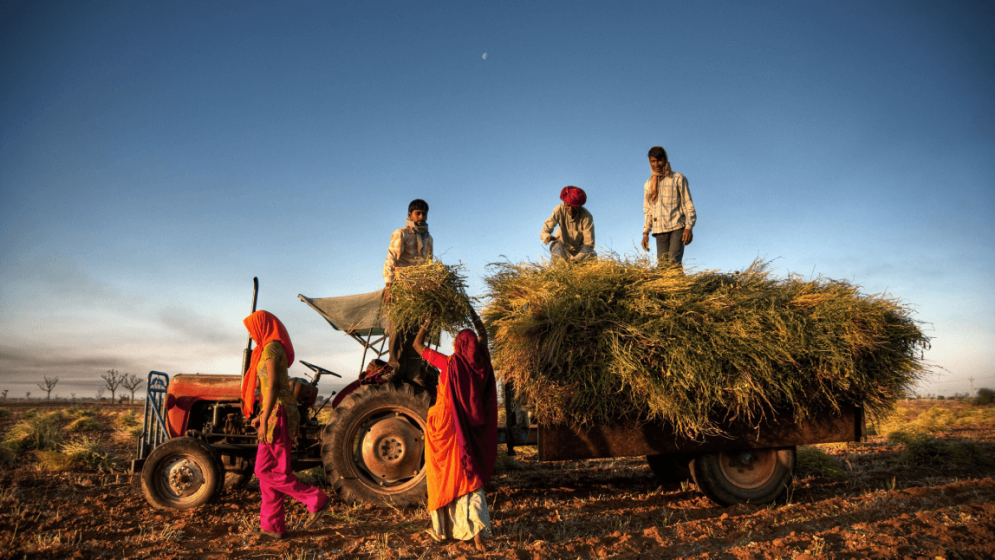

Cities and construction
60% of India’s population will live in urban areas by 2050 – up from about 30% today
70% of buildings that will exist in India in 2030 are yet to be constructed
Vision
Liveable cities with buildings and infrastructure appropriate for India’s expanding population.
Choices made today will determine India’s mid- to long-term development, and India could help meet the needs of its growing population while avoiding getting locked into resource-ineffective buildings and infrastructure. Applying circular economy principles to developing this vast amount of infrastructure and building stock could create annual benefits of ₹4.9 lakh crore (US$ 76 billion) in 2050, compared with the current development path, together with environmental and social benefits.
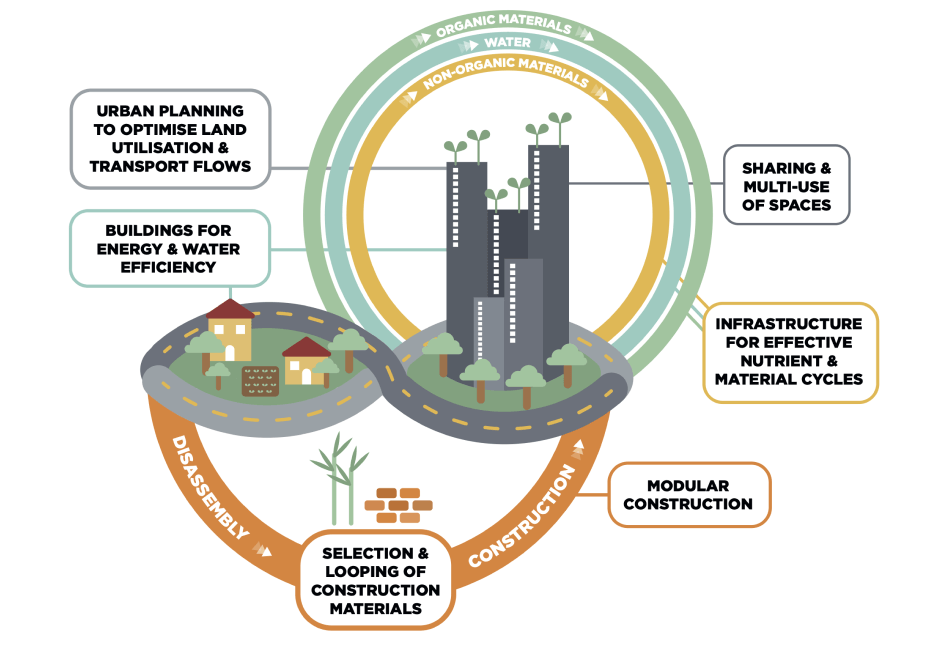
Food and agriculture
50% of the working age population is employed in agriculture
61% of land is used for farming
Vision
A regenerative, restorative agricultural system that combines modern technology with traditional regenerative practices to meet India’s growing food demand.
Growing food demand and environmental challenges associated with climate change, land degradation, and biodiversity loss are increasing pressure on the system. Applying circular economy principles to the development of the Indian food system could create annual benefits of ₹3.9 lakh crore (US$ 61 billion) in 2050; reduce GHG emissions, water usage, and environmental degradation; and play a vital role in securing the long-term food supply.
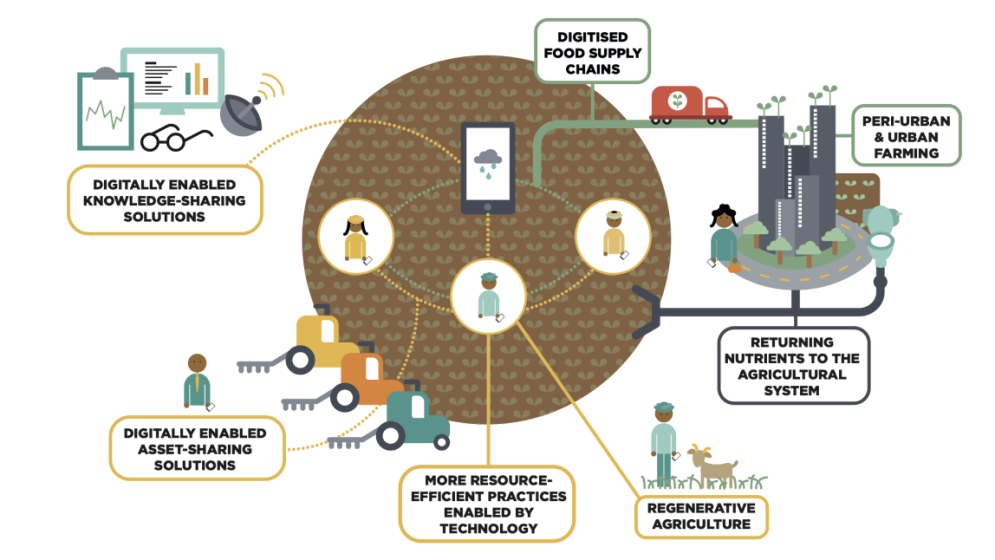
Mobility and vehicle manufacturing
2% of the population currently owns a car
x3 demand for personal mobility will triple by 2030
Vision
Designing a convenient, multimodal transport system enabled by digital technology for less resource-intensive but very effective mobility.
Mobility is vital to economic growth as it gives people access to employment, goods, and services and affects business productivity. As India is building new infrastructure to meet its growing mobility needs, today’s choices will determine the mid- to long-term development of the mobility system. A circular economy development path for mobility and vehicle manufacturing could create annual benefits of ₹31 lakh crore (US$ 482 billion) in 2050, compared with the current development scenario. Applying circular economy principles could also create a highly innovative and effective mobility system, with reduced negative externalities.
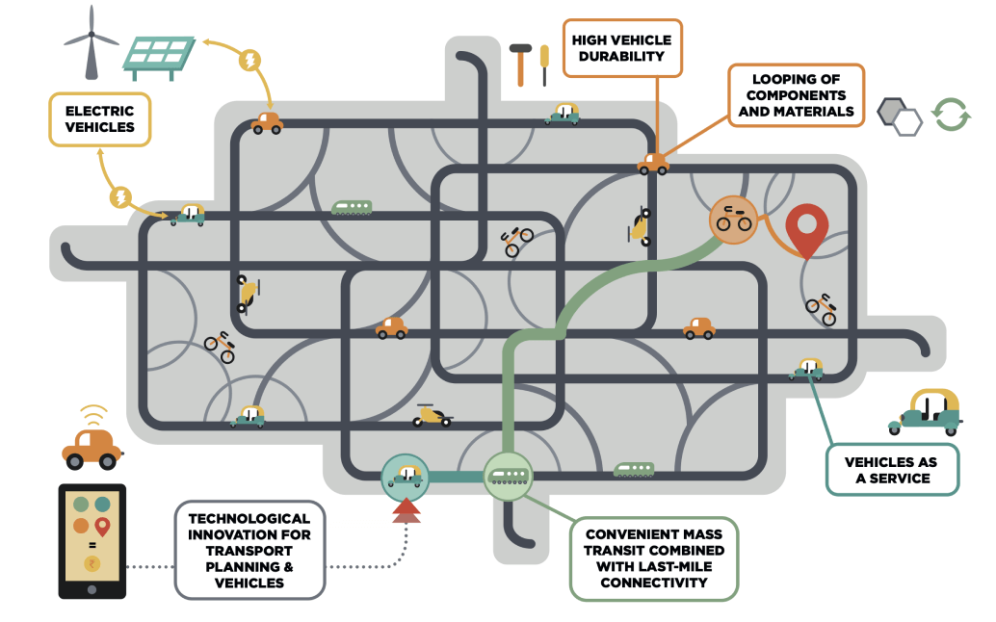
To quote this study, please use the following reference: Ellen MacArthur Foundation, Circular economy in India: Rethinking growth for long-term prosperity (2016).

ClimateWorks Foundation
Project Funder

United Nations Conference on Trade and Development
Knowledge Partner

